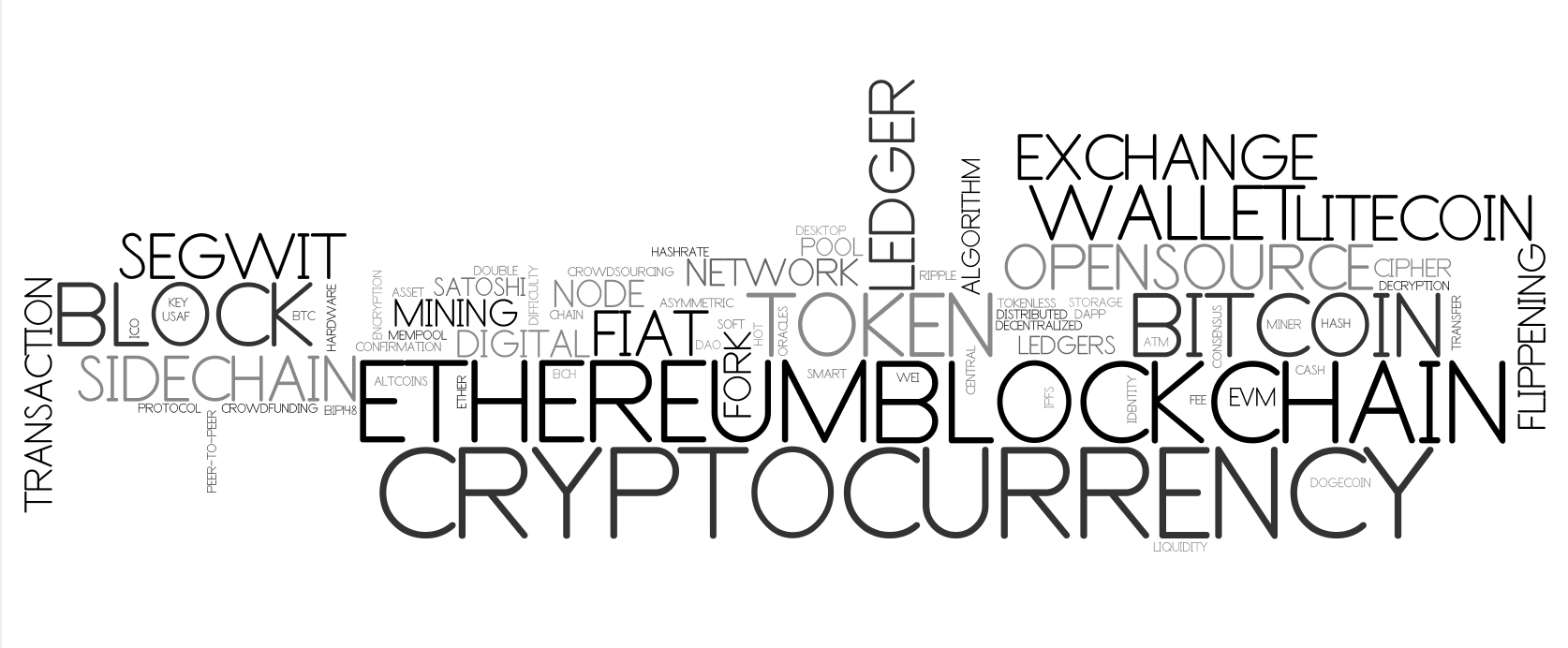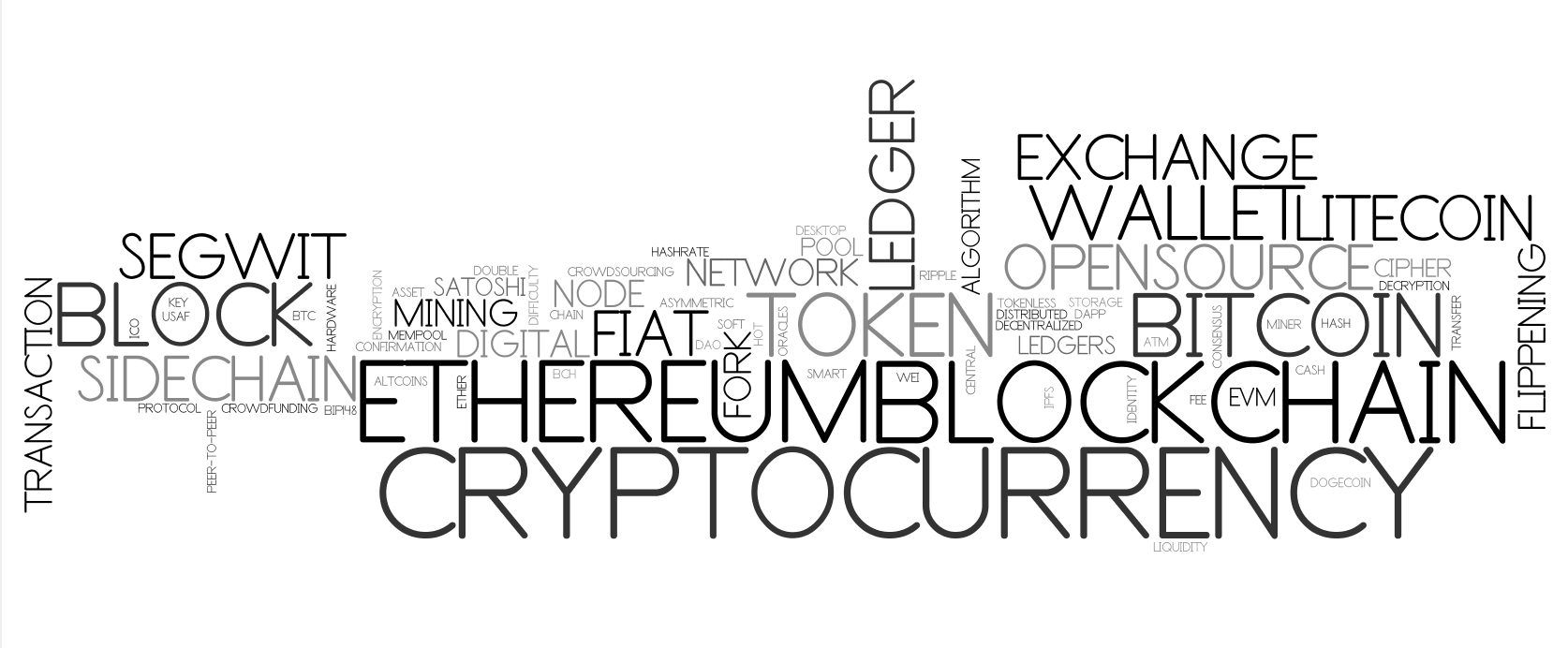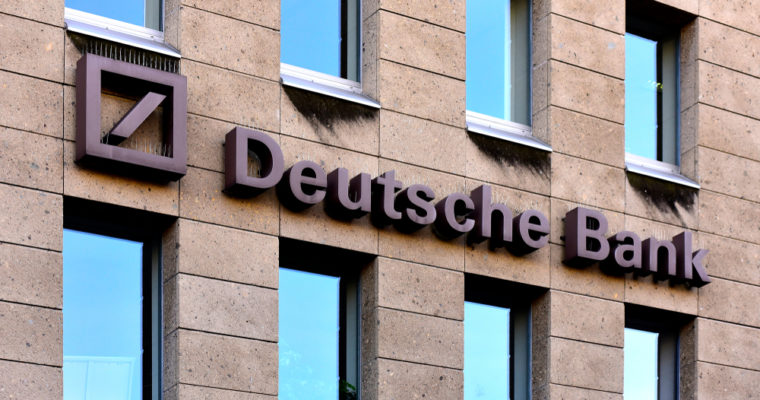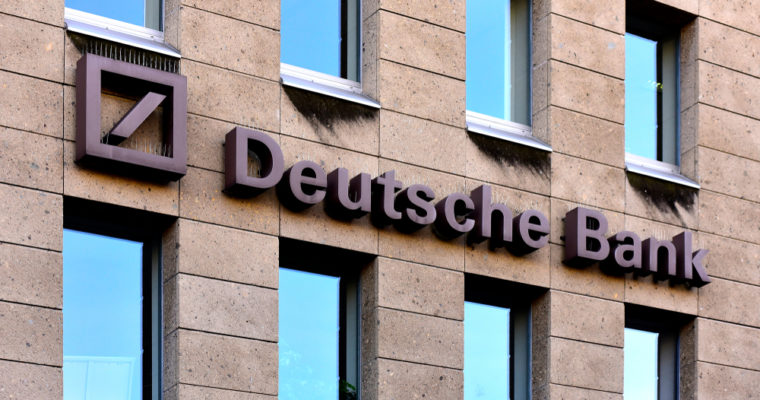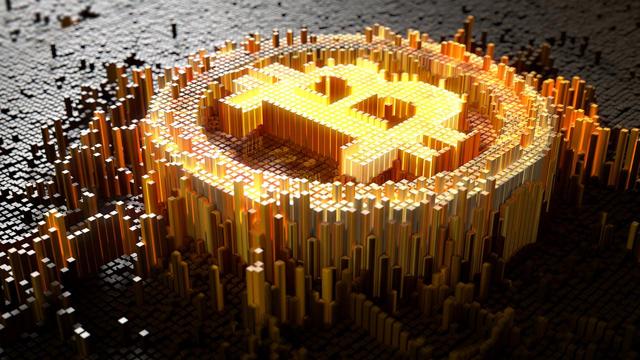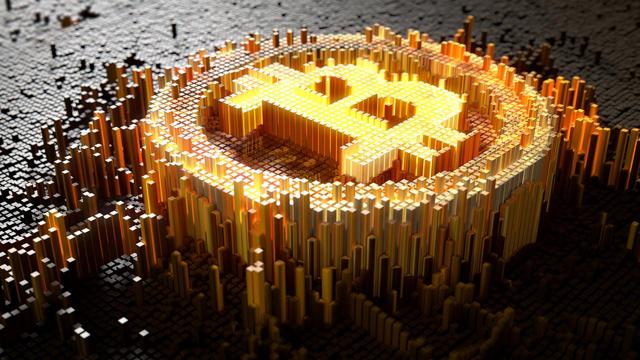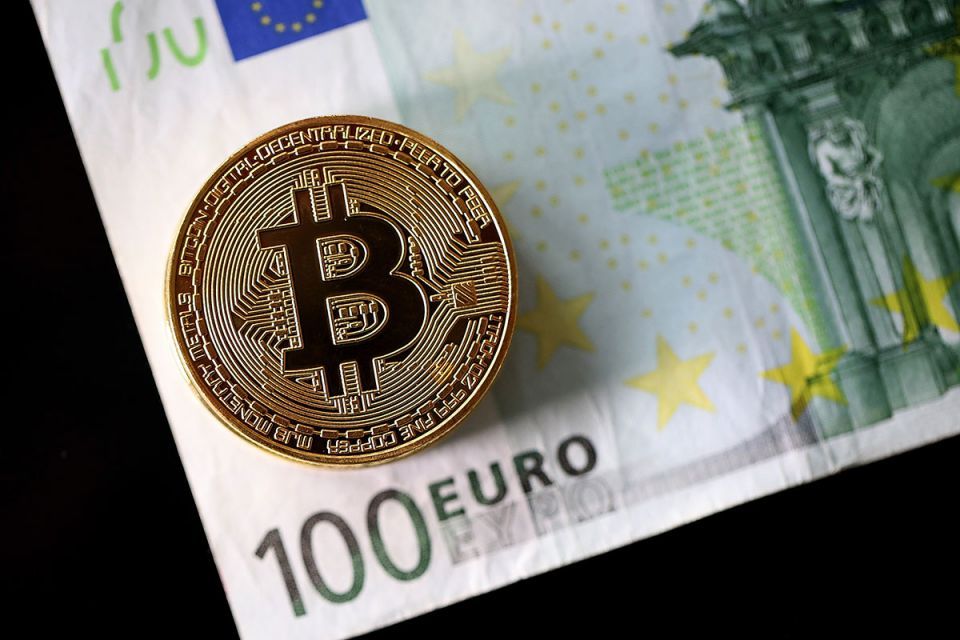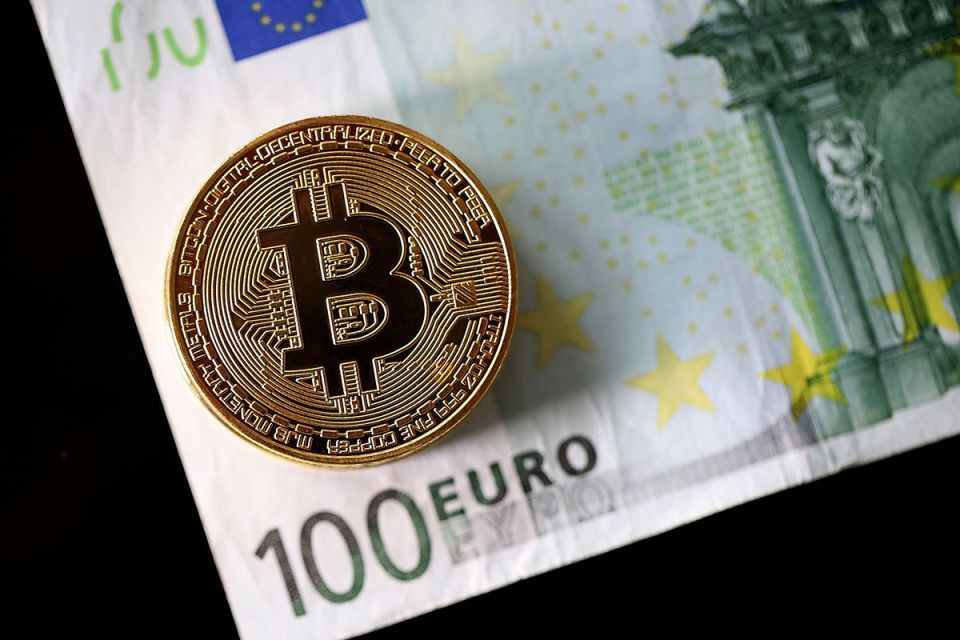The rapid pace and sheer scale of innovation in digital currencies and mobile payments indicates that a monetary revolution is forthcoming. The choice for governments and central banks is whether to stand in front of a train that is gaining steam, or get on board and reap the benefits.
How radically will digital currencies change our methods of exchange and the way that we think about money? With innovation in digital payments barreling ahead, these questions are now commanding the attention of the World Economic Forum and other international institutions.
Regardless of how Facebook’s own digital-currency moonshot, Libra, fares, it has already provided a wake-up call for firms and policymakers around the world. “If revolution there is to be, let us rather undertake it than undergo it,” Otto von Bismarck once said. The question for policymakers is not whether to try to shape the digital-money revolution, but how.
Digital money is already a key battleground in finance, with technology firms, payment processing companies, and banks all vying to become the gateway into the burgeoning platform-based economy. The prizes that await the winners could be huge. In China, Alipay and WeChat Pay already control more than 90% of all mobile payments. And in the last three years, the four largest listed payment firms – Visa, Mastercard, Amex, and PayPal – have increased in value by more than the FAANGs (Facebook, Apple, Amazon, Netflix, and Google). In a way, Libra is actually crashing the party late.
The opportunities offered by digital money are clear. Across Western countries, moving money is overly costly and inefficient, and those who end up paying the most are often the ones who can least afford to do so. As I argued in a report for the Bank of England (BOE) earlier this year, improving these processes could yield significant returns and social benefits.
Source/More: The Digital Money Revolution by Huw van Steenis – Project Syndicate










